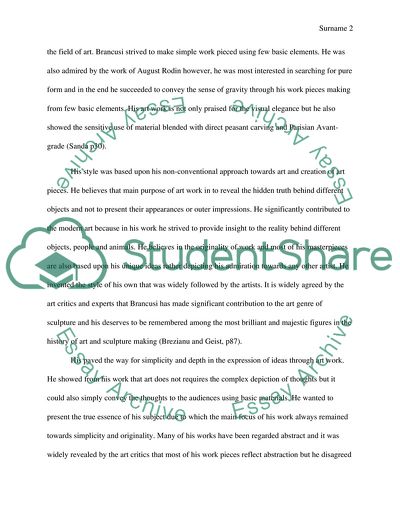Cite this document
(“Modern Artist - Constantin Brancusi Research Paper”, n.d.)
Retrieved from https://studentshare.org/visual-arts-film-studies/1419843-modern-artist-constantin-brancusi
Retrieved from https://studentshare.org/visual-arts-film-studies/1419843-modern-artist-constantin-brancusi
(Modern Artist - Constantin Brancusi Research Paper)
https://studentshare.org/visual-arts-film-studies/1419843-modern-artist-constantin-brancusi.
https://studentshare.org/visual-arts-film-studies/1419843-modern-artist-constantin-brancusi.
“Modern Artist - Constantin Brancusi Research Paper”, n.d. https://studentshare.org/visual-arts-film-studies/1419843-modern-artist-constantin-brancusi.


